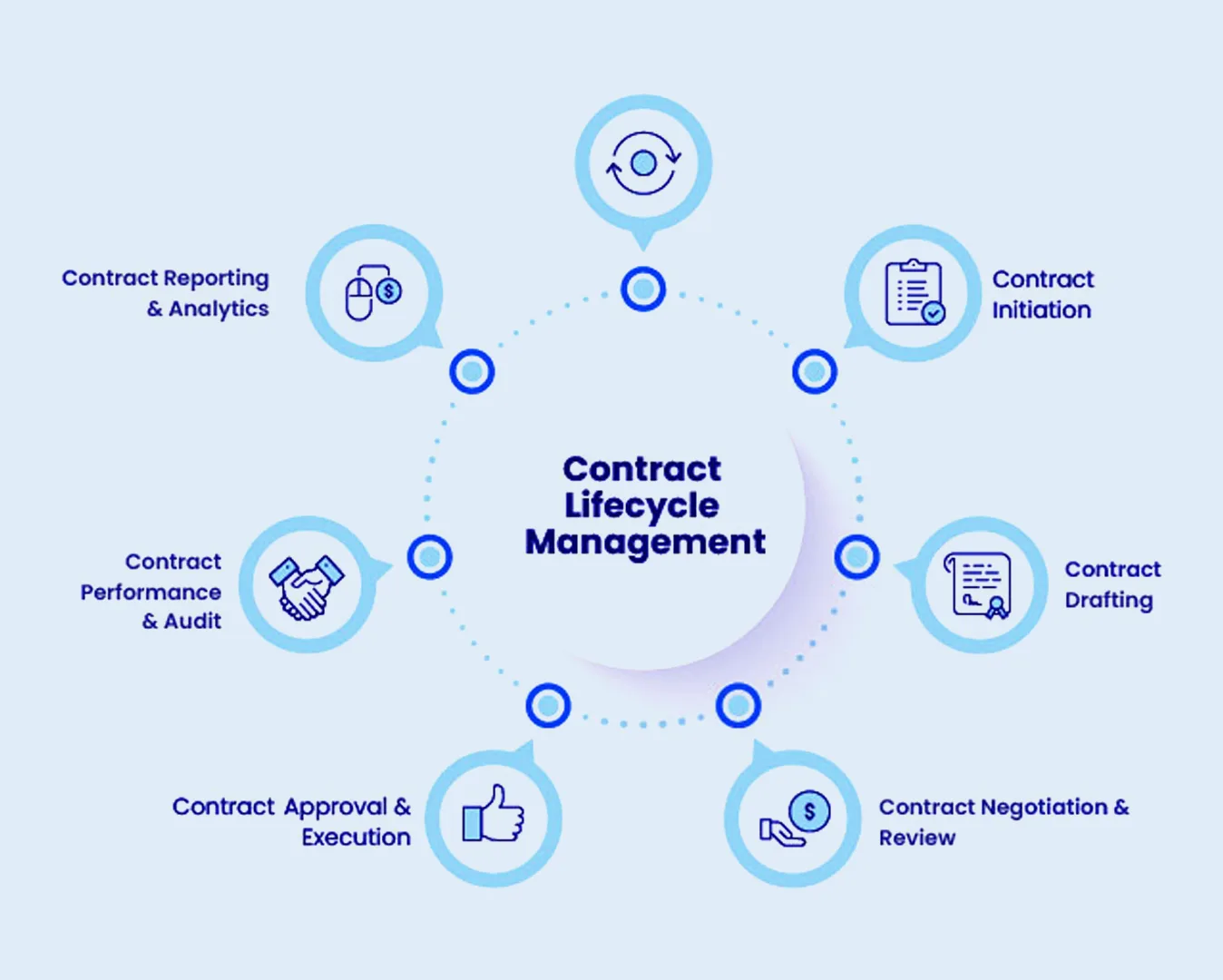
Common challenges with adopting CLM solutions include:
1. Lack of governance and control: Without proper governance in place, organizations may struggle to maintain control over their CLM implementation. This can lead to a loss of visibility into the contracts process, resulting in inefficiencies and errors.
2. Complexity: CLM systems can be complex and require a lot of training for users to understand the system. This can lead to a slow implementation process, with users having difficulty understanding how to use the system effectively.
3. Cost: Implementing a CLM system can be expensive and may require the organization to invest in additional hardware and software solutions.
4. Integration: Integrating data from existing systems into a new CLM system can be difficult and time-consuming, leading to delays in adoption.
5. Security: Organizations must ensure that their CLM implementation is secure and complies with all relevant laws and regulations. tips for overcoming CLM challenges
6. Lack of standardization: A lack of standardization can make it difficult for users to work with CLM solutions effectively. This can lead to frustration and a feeling of being overwhelmed by the technology.
7. Difficulty integrating with other systems: Many organizations find that their CLM solution doesn’t easily integrate with other systems they use, such as their enterprise resource planning (ERP) or customer relationship management (CRM) system. This can create data silos and duplication of effort.
8. Lack of user adoption: One of the biggest challenges with any new technology is getting users to actually adopt it. With CLM solutions, this can be even more difficult due to the complex nature of contracts and the learning curve associated with using the software.
To overcome these challenges and others, it is important to involve all stakeholders in the decision-making process, establish clear objectives for the CLM implementation, and ensure that the solution chosen is able to meet the specific needs of the organization. A comprehensive training program should also be established to ensure users are comfortable and proficient in using the software. Finally, a successful CLM implementation should be supported by a team of experts who can provide ongoing support and guidance.dditionally, a successful CLM implementation requires buy-in and commitment from senior management, as well as ongoing training and support for users.




